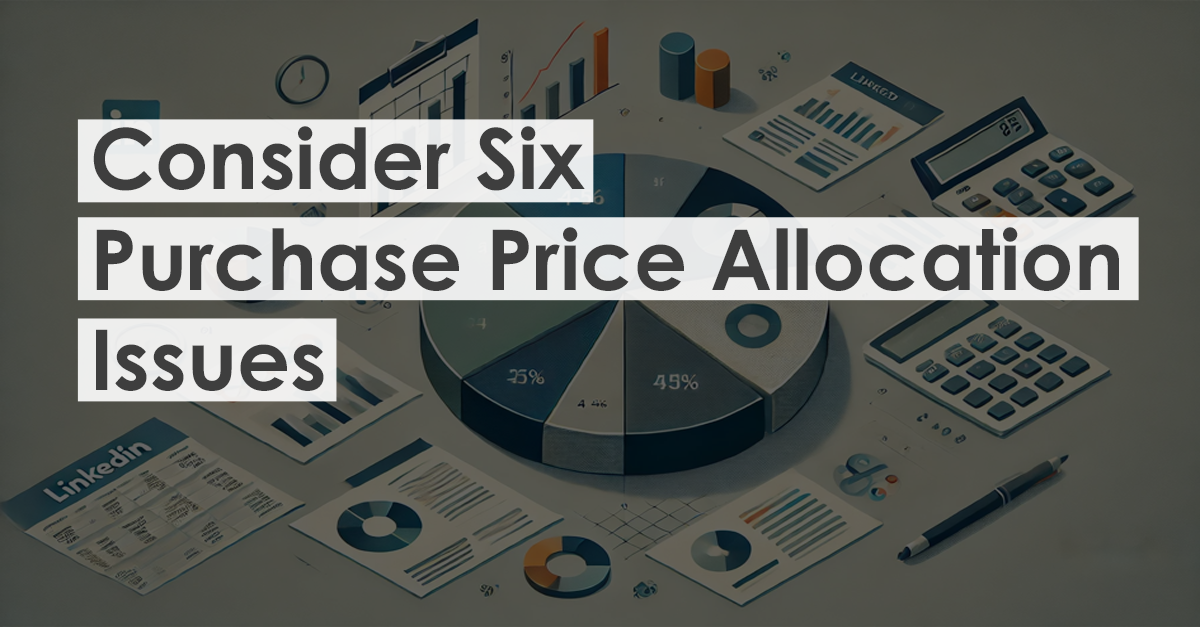Stock pickers believe they can value assets better than the market. The research shows otherwise. The financial accounting rules don’t play around and require observable transaction values to be the primary indicators. This topic is relevant for most privately held security valuations, including broad fair value issues, IRC 409A valuations, portfolio valuations, and tax.
Not all observable transactions and associated prices are created equal. The value of an actively traded stock like Microsoft is best represented by its market price, but how should one interpret the valuations of thinly traded assets or occasional trades in private securities? If your grandmother sells you a collectible Corvette for a dollar, does that make it worth a dollar?
The AICPA recently released expanded guidance (DOWNLOAD HERE) on interpreting secondary transaction prices. Secondary transactions involve existing securities, while primary transactions occur when securities are issued to raise funds for the company.
Weighing Secondary Transaction Price
The guidance focuses on valuations of securities issued by privately held companies. Still in draft form, it discusses various factors that should be considered when balancing theoretical valuations (e.g., models created in Excel) with transaction prices. Some of these factors include:
- Frequency and volume of transactions: A one-off transaction can be easier to ignore, but it becomes more difficult when transactions occur regularly and follow consistent processes or pricing logic.
- Availability of relevant information: A lack of information is not necessarily problematic as long as typical market participants are expected to act without it.
- Transaction size matters.
- Compensation as part of the transaction price: For example, a share priced at $2 might consist of $1 in intrinsic value and $1 for services provided by an employee.
- Intangible benefits: Were the shares transferred with other benefits, such as part of an exit by a senior executive or a deal with a strategic partner?
- Different classes of stock: If different classes of shares are traded in a single transaction, the nominal price per share must be adjusted to reflect the total transaction value and relative values of each share class.
- Limited number of sellers: A small pool of sellers, like executives or founders, may indicate that factors other than financial fundamentals influenced the price.
- Contemporaneity: Transactions must be contemporaneous with the date of the valuation analysis.
Weighing Theoretical Model
Conversely, the weight given to a theoretical model can vary depending on its characteristics. For instance, a startup’s valuation model is less reliable than one for a mature, profit-making company. A model that better explains stock price outcomes in primary markets would receive more weight. Additionally, the model may need revisions to better fit observable data points before combining its results with those from secondary market transactions. The key takeaway is that transaction prices and theoretical models must interact rather than be viewed in isolation.
The guidance specifically addresses the commonly used OPM method, which relies on preferred stock liquidation preferences to reduce common stock value. However, secondary transaction prices may indicate that investors place less emphasis on liquidation preferences, thus diminishing the OPM’s effectiveness in suppressing common stock values. We wrote about how employees should always choose the company with the highest ESOP exercise price (HERE).
Transaction Types
The guidance explores several types of secondary transactions:
- Repurchases by the company: These transactions may include a strategic component or compensation. They often rely on formal third-party valuation reports.
- Transactions with primary investors: Pricing may need to be considered on a combined basis and may reflect high demand for limited space on the cap table.
- Transactions with non-primary investors: These investments might offer additional returns if common stock is sold at a discount or provide a strategic motive for the investor to gain information rights by securing a spot on the cap table.
- Transactions between private parties: The company may have limited information about these transactions, making assessing their relevance to fair value more difficult.
- Transactions on secondary markets can be strong indications of value if frequent and/or contemporaneous with the valuation analysis.
Conclusion
The new guidance (call it “Chapter 8” to impress your valuation specialist) offers a very useful and improved framework for interpreting secondary transaction prices, especially as we consider the infinite variety of possibilities, facts, and circumstances in any valuation project. The guidance does not provide any concrete numerical guidance, though generally, the push appears to be towards giving secondary transactions more weight.



